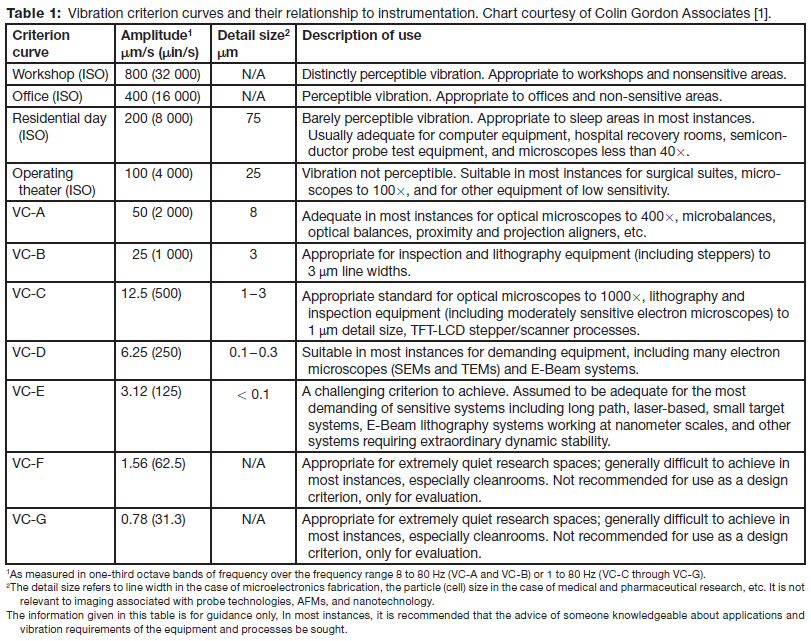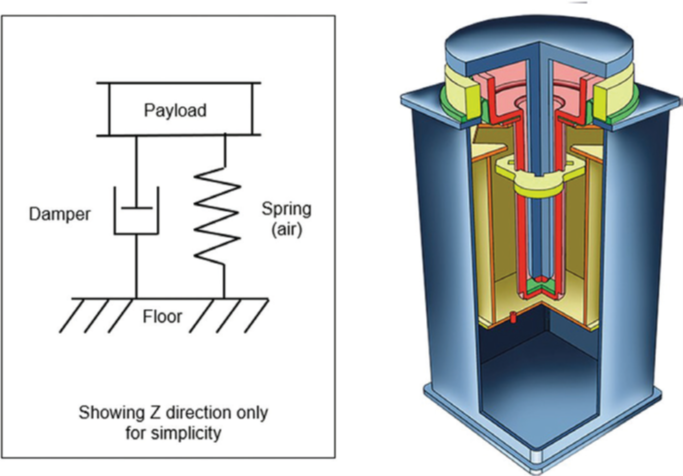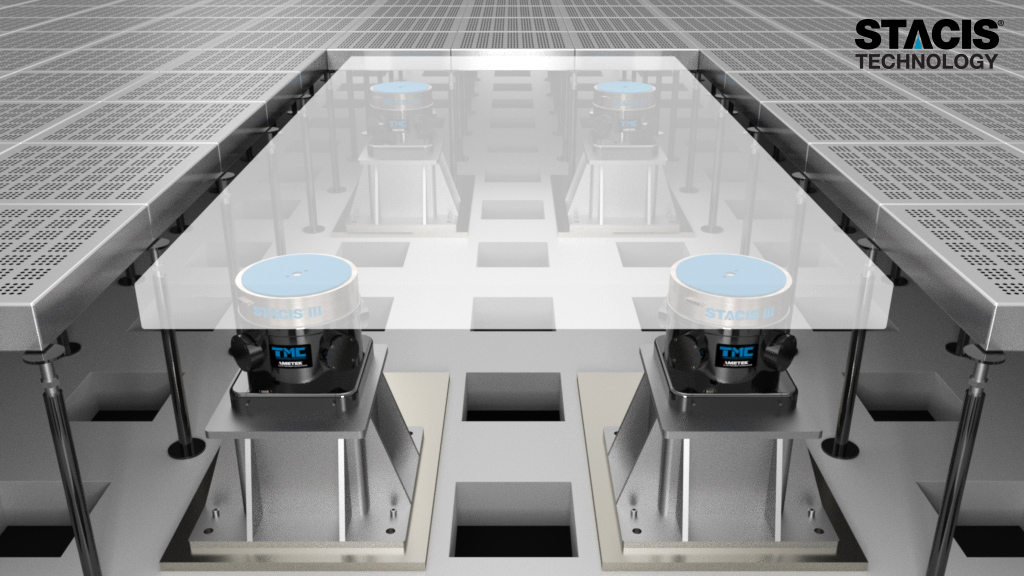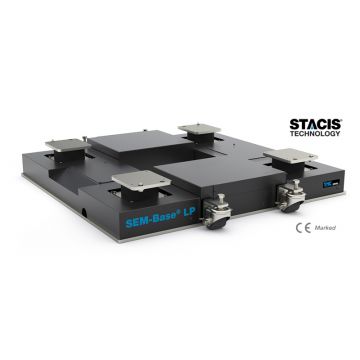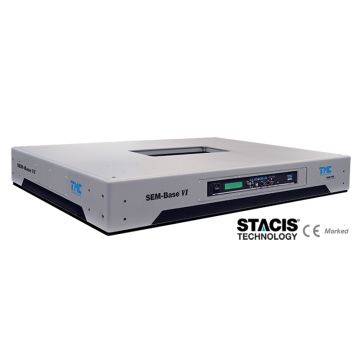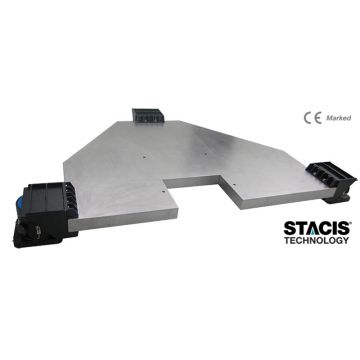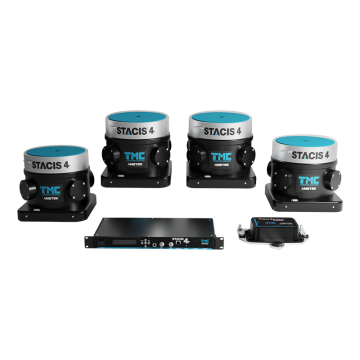The article "Vibration Control Solutions for Microscopy" focuses on the critical role of vibration control in ensuring accurate results in microscopy, especially for high-precision instruments like electron microscopes. Microscopes, particularly advanced models such as Scanning Electron Microscopes (SEM) or Atomic Force Microscopes (AFM), require extreme stability to capture high-resolution images. Even slight vibration from environmental factors such as nearby foot traffic, HVAC systems, or building movements can introduce distortions and reduce the accuracy of the imaging process.
The article explains the two primary vibration control strategies—passive and active systems. Passive vibration control relies on technologies such as pneumatic isolators, rubber dampers, and mechanical springs to absorb or dissipate vibration, especially those occurring at higher frequencies. These passive systems are simple, relatively low-cost solutions ideal for less sensitive instruments like basic optical microscopes. They provide a sufficient level of isolation for many routine applications but might not perform well for microscopes requiring sub-nanometer precision.

On the other hand, active vibration control systems are more complex and sophisticated. They use sensors, actuators, and real-time feedback mechanisms to detect vibration and apply counteractive forces that neutralize them. These systems are especially beneficial for microscopes that demand greater precision, such as electron microscopes, which are vulnerable to even the tiniest vibration. Active isolation systems can handle a wider range of frequencies, including the lower-frequency vibration that passive systems struggle to address.
In addition to distinguishing between passive and active systems, the article highlights the difference between vibration damping and vibration isolation. Damping refers to the capacity of a system to absorb and dissipate energy from vibration. This method helps reduce the intensity of vibration but doesn’t entirely prevent them from reaching the microscope. In contrast, vibration isolation focuses on physically separating the microscope from external vibration, preventing the transmission of unwanted motion to the instrument. While passive systems provide a degree of both damping and isolation, active systems excel at providing more complete isolation for high-end microscopy.
The article emphasizes that choosing the right vibration control system requires understanding the specific needs of the microscopy equipment being used. Basic optical microscopes can often function adequately with passive isolation methods. In contrast, more sensitive equipment, particularly those used in advanced research or industrial settings, will benefit from the additional precision that active isolation offers.
For applications where extreme sensitivity is needed, such as in atomic-level imaging or in cleanroom environments, the article advises that the best approach often involves combining both passive and active systems. By integrating both solutions, users can achieve maximum vibration control across a broad spectrum of frequencies, ensuring the highest possible accuracy for their microscope.

The choice of vibration control is also influenced by environmental factors. Laboratories and facilities with significant ambient vibration, such as those located near busy streets or in older buildings with unstable flooring, require more robust vibration control solutions. In such cases, even active systems might need additional customization or support to adequately protect the microscopes.
Planning for vibration control should begin as early as possible, ideally before purchasing or installing new microscopy equipment. This proactive approach allows for proper evaluation of the laboratory environment and the implementation of the most appropriate vibration control measures. Failing to account for vibration issues in the early stages can lead to suboptimal performance, costly adjustments, or the need for more expensive retrofitting after the equipment has already been installed.

The article concludes with practical advice for choosing vibration control solutions: consulting experts in vibration control technology, carefully reviewing the technical specifications of the microscopy equipment, and following manufacturer recommendations are all important steps to ensure that the correct isolation system is selected. This attention to detail helps guarantee that the microscope will perform optimally and that researchers can obtain reliable, high-quality data from their experiments.
To speak with one of our Sales & Applications Engineers please call 01582 764334 or click here to email.
Lambda Photometrics is the leading UK Distributor of Characterisation, Measurement and Analysis solutions with particular expertise in Instrumentation, Laser & Light based products, Optics, Electro-optic Testing, Spectroscopy, Machine Vision, Optical Metrology, Fibre Optics, Microscopy and Anti-vibration tables & custom solutions




